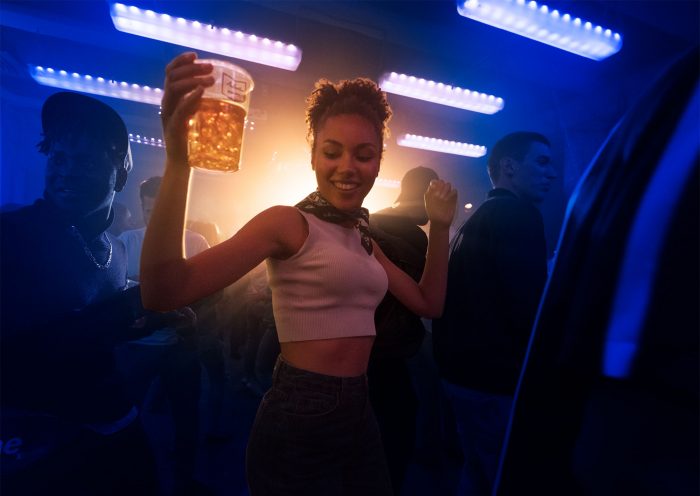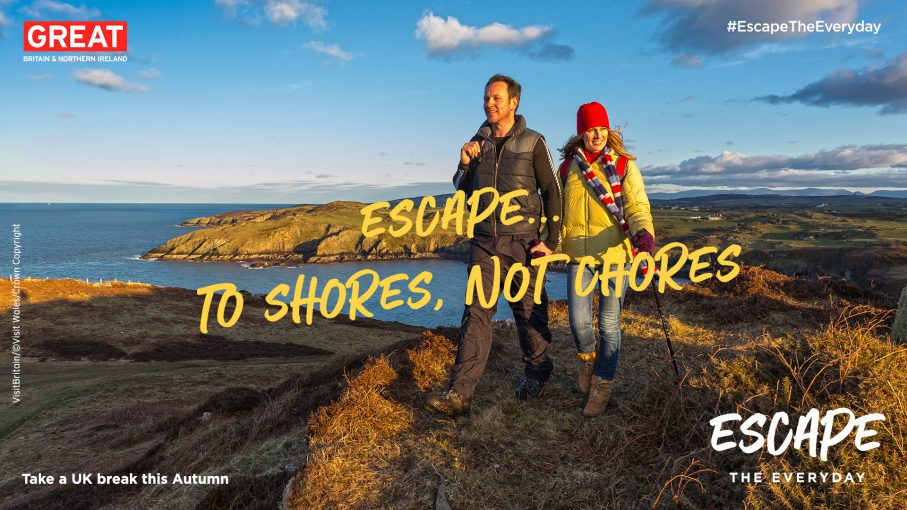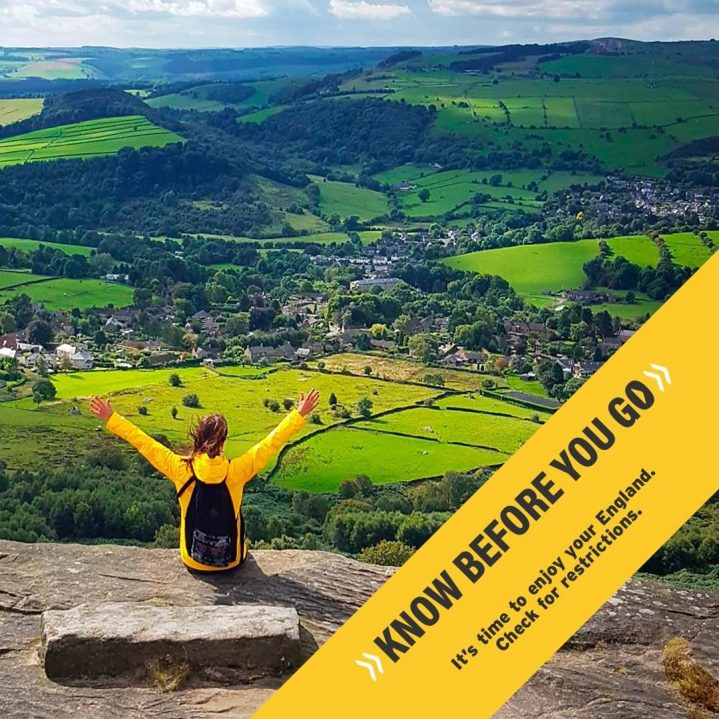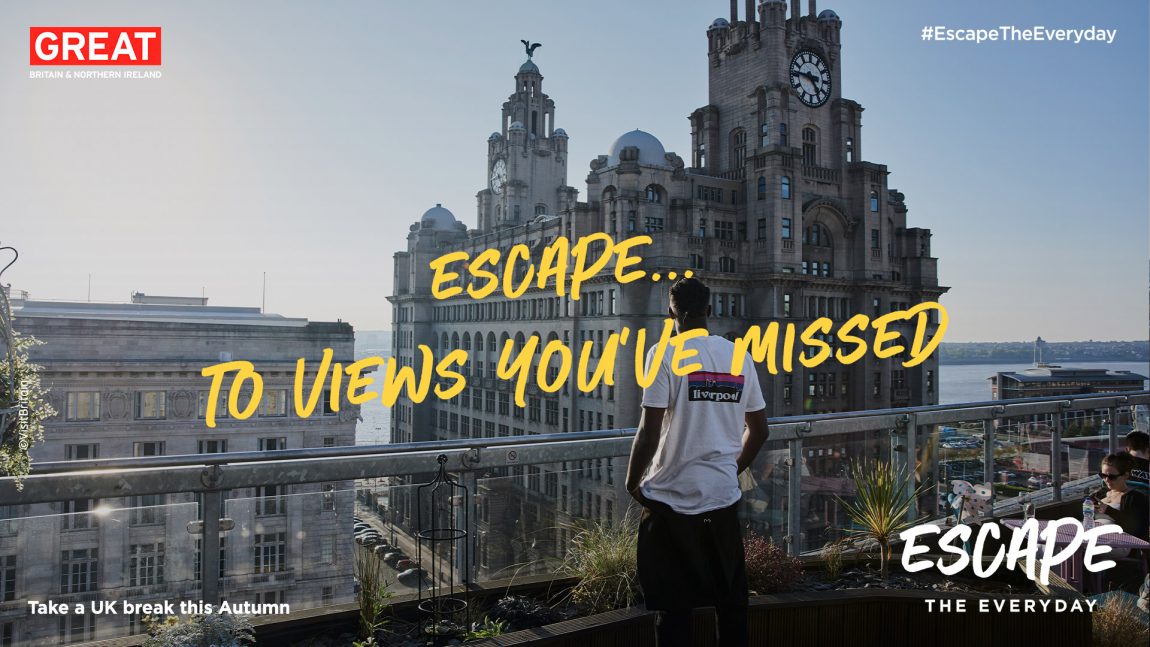Ballantine's
Standing Up For True Music
View Work


Lead strategic & creative partner
Integrated campaign
Digital toolkit
TV commercial
Talent partnership
The consequence of the sudden need for a national lockdown in March 2020 was that the tourism industry was brought to a complete standstill. Many of the UK’s most deprived coastal towns depend on tourism as the main employer and driver of economic activity; Southport for example was estimated to lose around £310m income from April-September, putting 3,500 jobs at risk.
It was vital to both the economic and mental health of the nation that tourism was quickly, and cleverly supported with a marketing strategy that could withstand the inevitable bumps on the road ahead.
With the entire British tourism sector on its knees, expectation fell on The British Tourist Authority to lead the way on ‘restart and recovery’ by taking immediate remedial action to ‘save future travel’.
The wisdom of the crowd was to rush to be first to market with activity to help destinations stay top of mind, and re-plan new campaigns and propositions to attract visitors in the context of ‘the new normal’ once lockdown was lifted.
But we remained diligently sensitive to public sentiment: as infections spread and the death toll rose, any kind of messaging around travel and tourism needed ever more careful thought to avoid being deaf to the fast-changing reality.
The first challenge was to hold off from acting upon the calls to rush a new campaign to market, until the second challenge was met – which was to try to meaningfully consult with the world’s 6th largest travel and tourism sector in 2 weeks to enable the formation of a considered, well-informed and supported plan.
Gravity Road’s first task was to develop a UK wide consumer ‘Industry Standard’ that the whole tourism industry could get behind – supporting and encouraging them to adopt Covid-safe processes and giving reassurance to visitors that such processes were being followed.
Working in close collaboration with the design team from Oliver (VisitEngland’s in-house creative studio), we sprinted to iterate designs for audience testing in order to make a confident recommendation to stakeholders.
In just 3 months, over 50,000 businesses applied for, and successfully downloaded, the mark. #goodtogo became a trending hashtag on Instagram across the summer. A people-powered social mechanic promoted the sharing and advocating of businesses which had met the criteria – a powerful, community-led campaign fuelled by locals who wanted to support their area economically.

Recognising that not all destinations and attractions would be operating in the same way during recovery, and that there may be different restrictions in place – such as limits on capacity, reduced opening times or booking tickets in advance – we decided that the messaging needed to encourage people and businesses to take responsibility for their travel while there was uncertainty around what restrictions would be in place.
Our approach was to look for simplicity and consistency. We built upon the language and design of the We’re Good to Go mark; evolving out of the green of phase 2, into amber for phase 3, and continuing to centre messaging around the simplicity, positivity and forward-facing energy of the word ‘Go’.
By the time we could plan with confidence for when lockdown was likely to be lifted, April-June had been entirely lost to the tourism industry. With 70% of tourism spending taking place from April to October, only two windows realistically remained open to drive recovery; the 8 weeks of July and August followed by the remaining months from 31st August to year end.
The creative strategy was to inspire audiences to escape the current (extraordinary) everyday that the nation was collectively experiencing in 2020 (i.e. everything we had been forced to get used to over the last few months; the same four walls, the virtual calls, the walks around the block etc) by taking short, achievable breaks around the UK.
It’s not about going to somewhere – it’s about escaping from somewhere
Along with an adaptable Escape the Everyday toolkit designed for print, digital and social spaces we also developed an exclusive ad campaign in partnership with Channel 4. 3 x 30 second films ran as a ‘Short Break’ within an ad-break. The ASMR-inspired execution of the ‘break within a break’ idea was acutely pitched at the psychological state of the nation, conjuring up sensorial memories of time well spent away from home, inspiring people to take action by recreating new, calming and restorative experiences in the UK in the weeks ahead.

of the population reached
businesses signed up